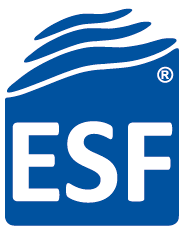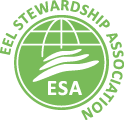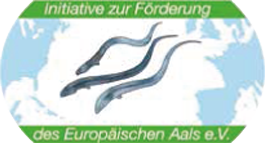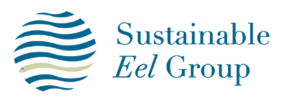The ESF is stimulating scientific research for eels to fill the knowledge gaps around this mysterious fish. The fund also co-finances projects to unblock migratory pathways. Well-regulated trade can contribute positively to the conservation of threatened species, and may be essential for human livelihoods. Therefore, ESF enables the development of traceability tools for eel by supporting the Sustainable Eel Group.
Further the fund enables the science based development of a maximum sustainable yield (MSY) for eel fishing in all life stages, reducing bycatch, sustainable solutions for the catch and farming of eels and environmental and animal-friendly processing methods. By doing so ESF-members strive towards a sustainable conservation of the European eel and an eel industry that takes it's responsibility.
Since 1950 the eel population has been under threat from habitat loss, pollution, natural predators like cormorants and illegal unregulated unreported (IUU) overfishing. These caused severe damage to the natural habitat and stocks of the eel. But the biggest challenge is formed by hydropower stations, water treatment plants and pumping stations in our inland waterways, which block the migratory pathways.
Eels are born in the Atlantic ocean and then float en masse across the Atlantic to fresh water where they continue their development. However, our European coastline is now so well-protected with flood defences that young eels have great difficulty reaching freshwater and those who manage to reach fresh water will find problems like hydropower stations, dams and pumps once swimming out to sea to make the return journey to the spawning grounds.
So the eel needs help from people who love eels.













